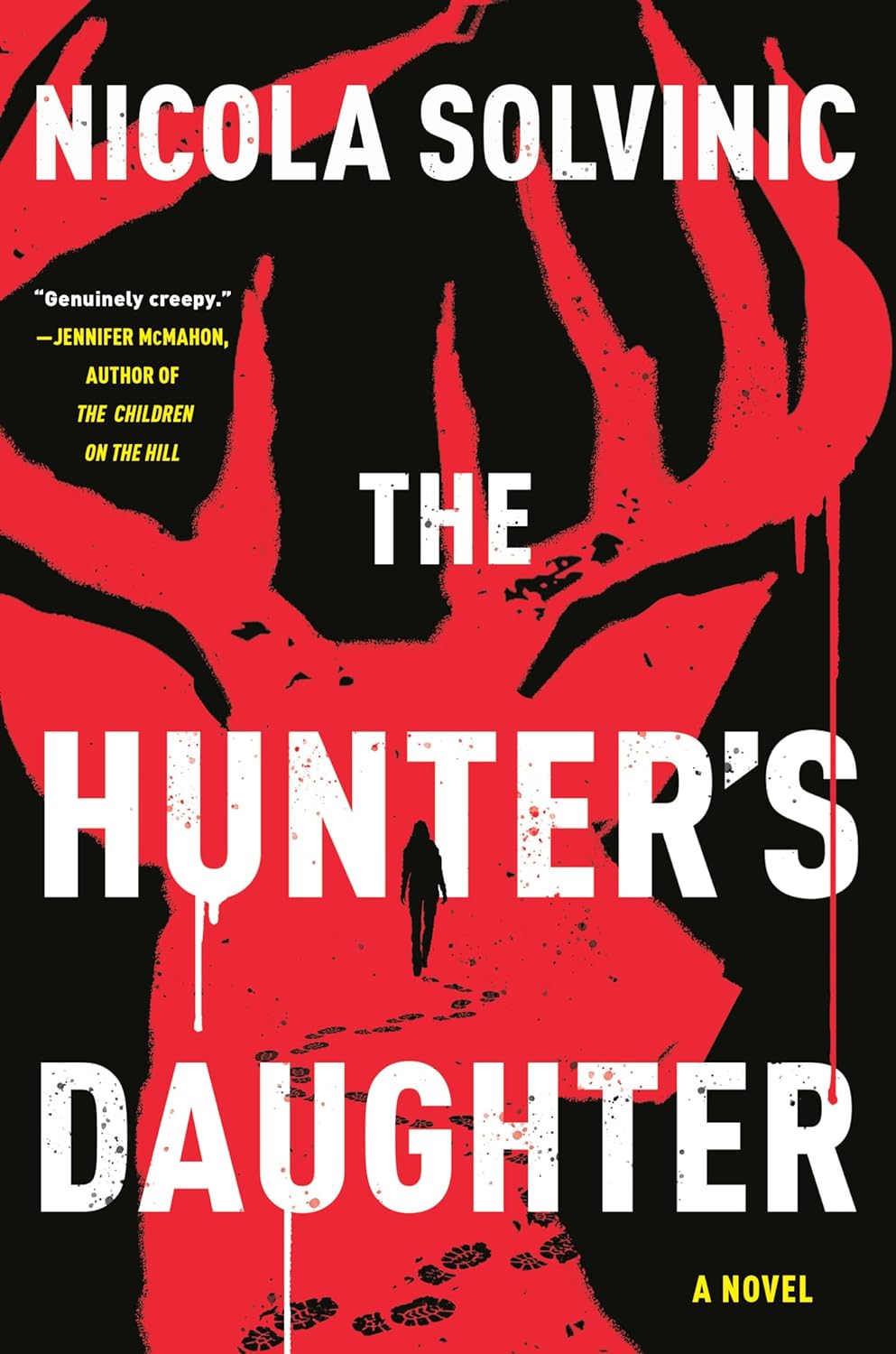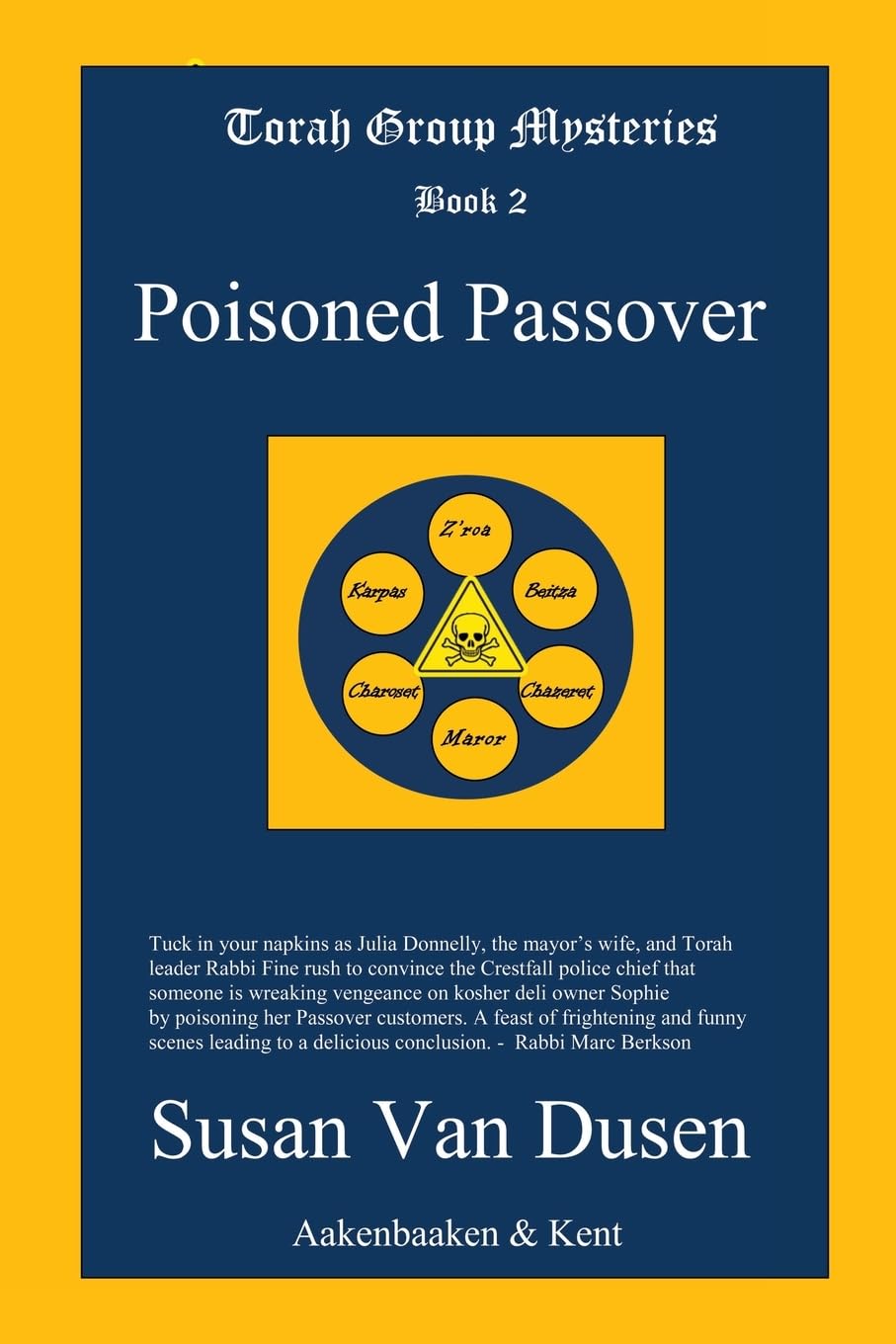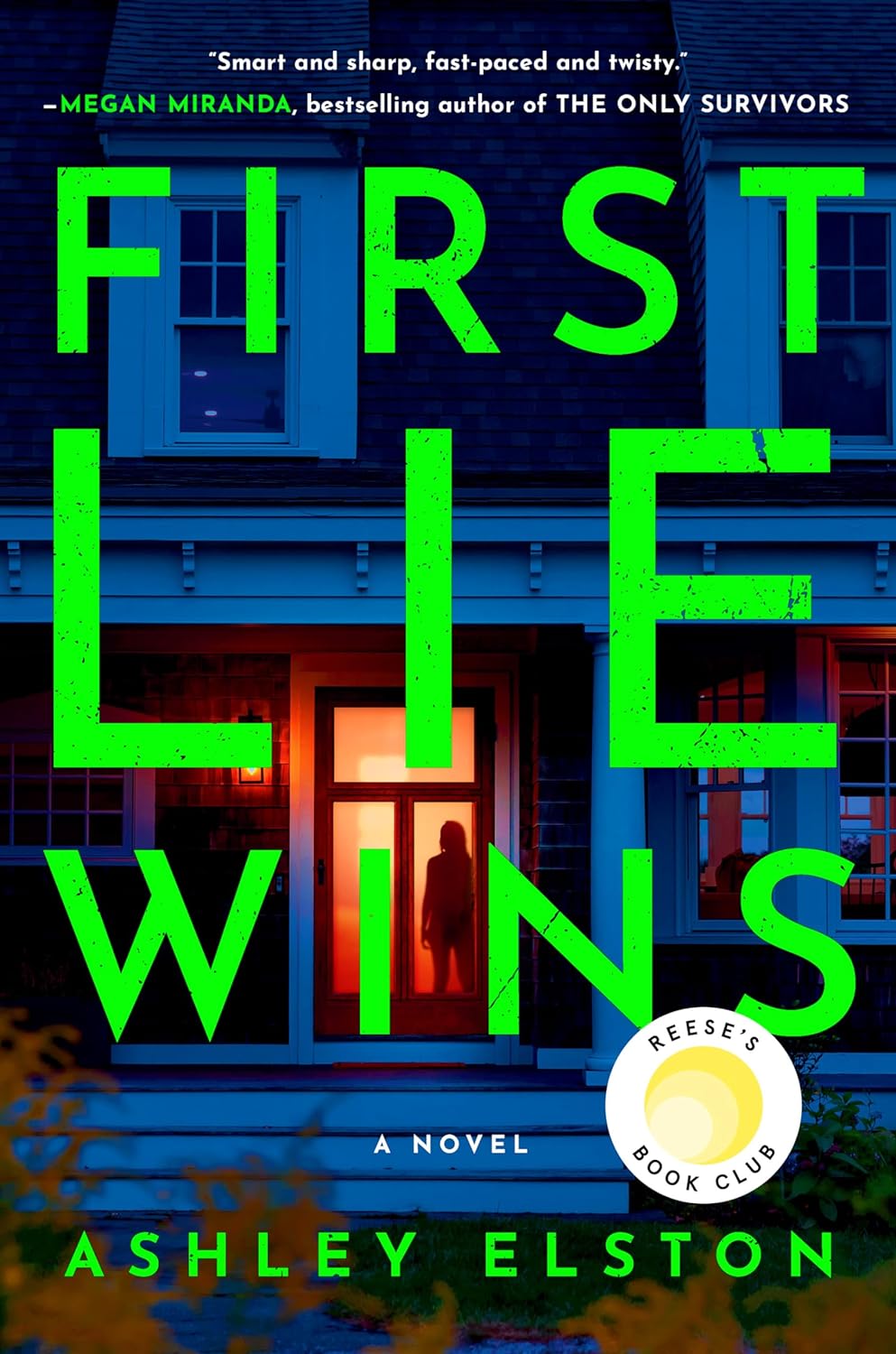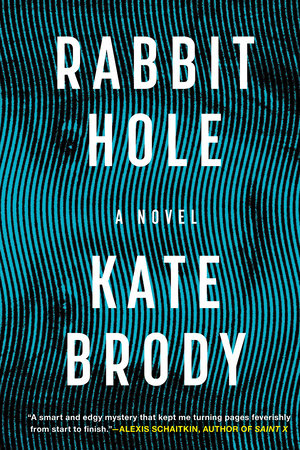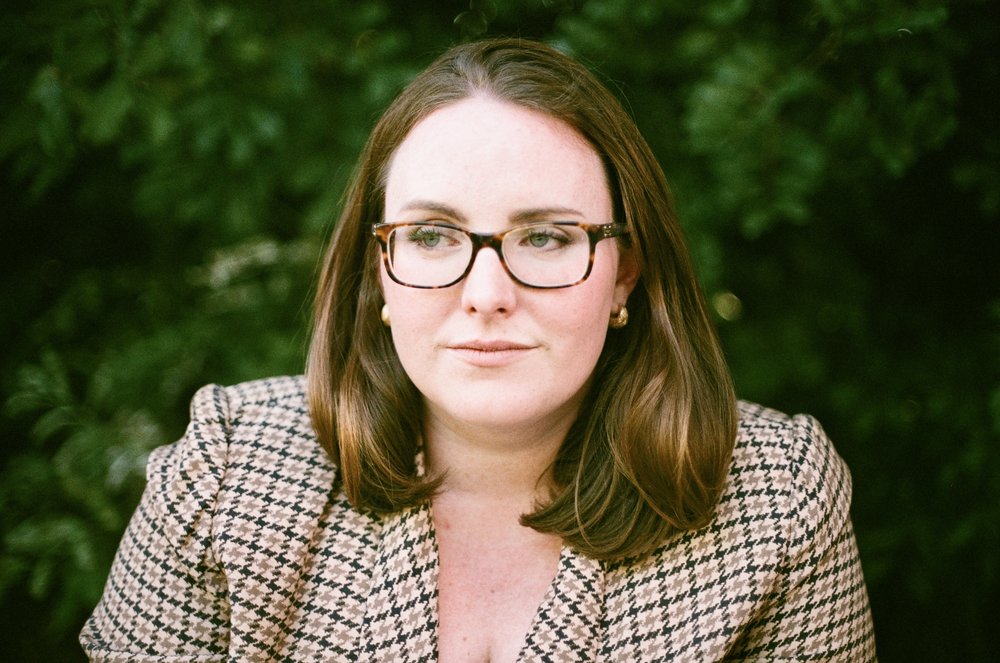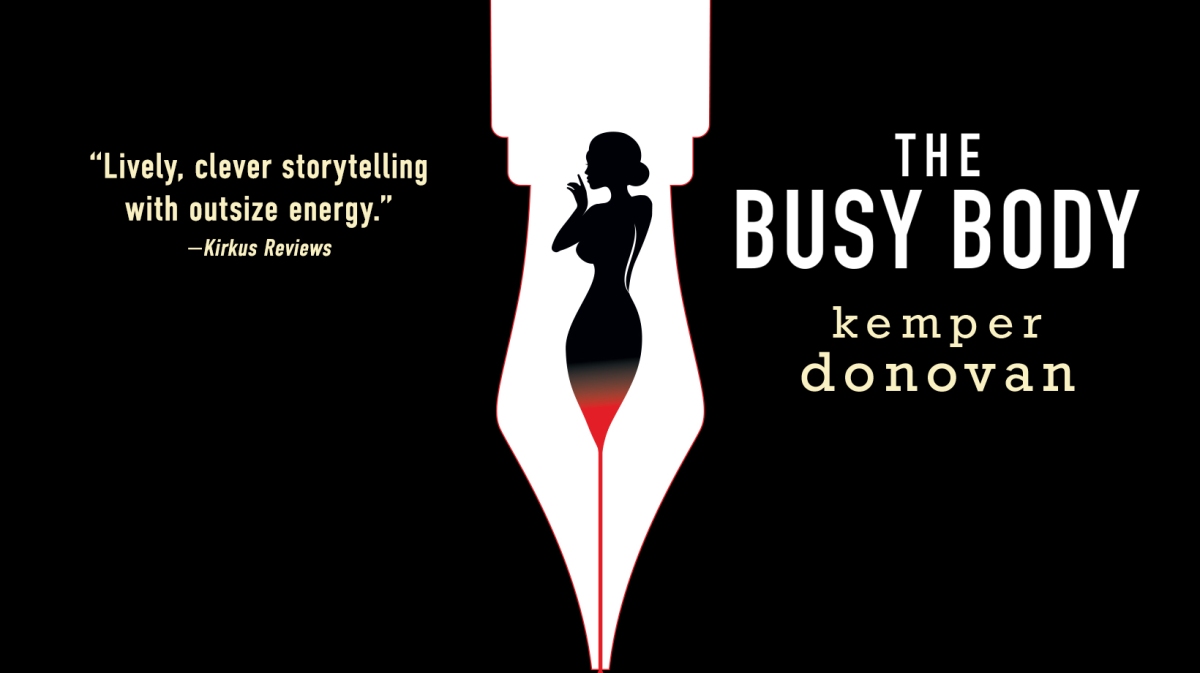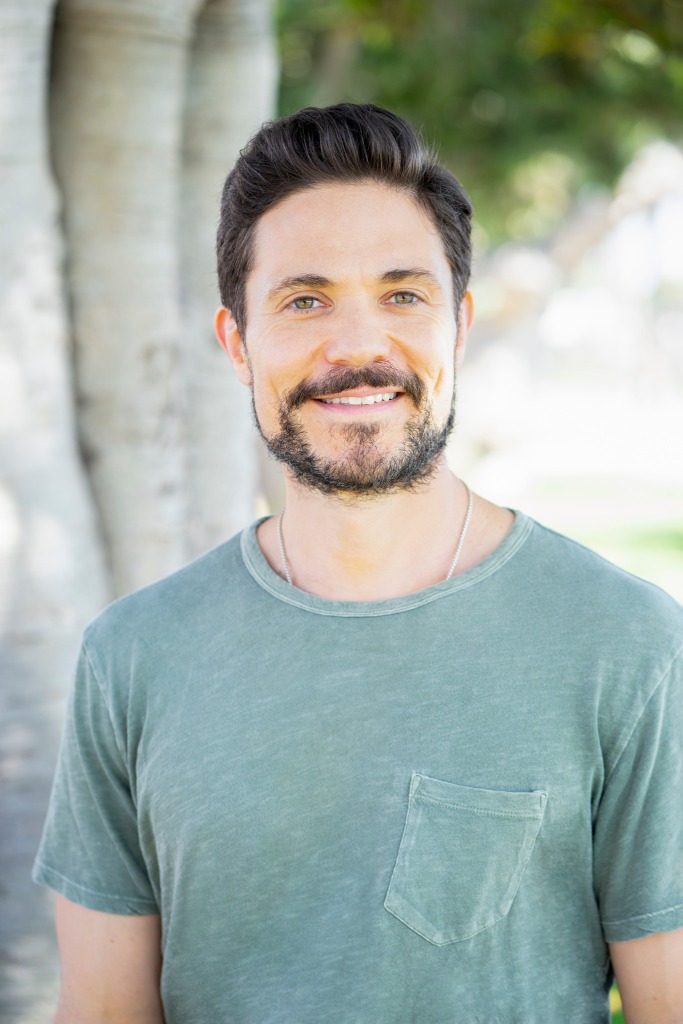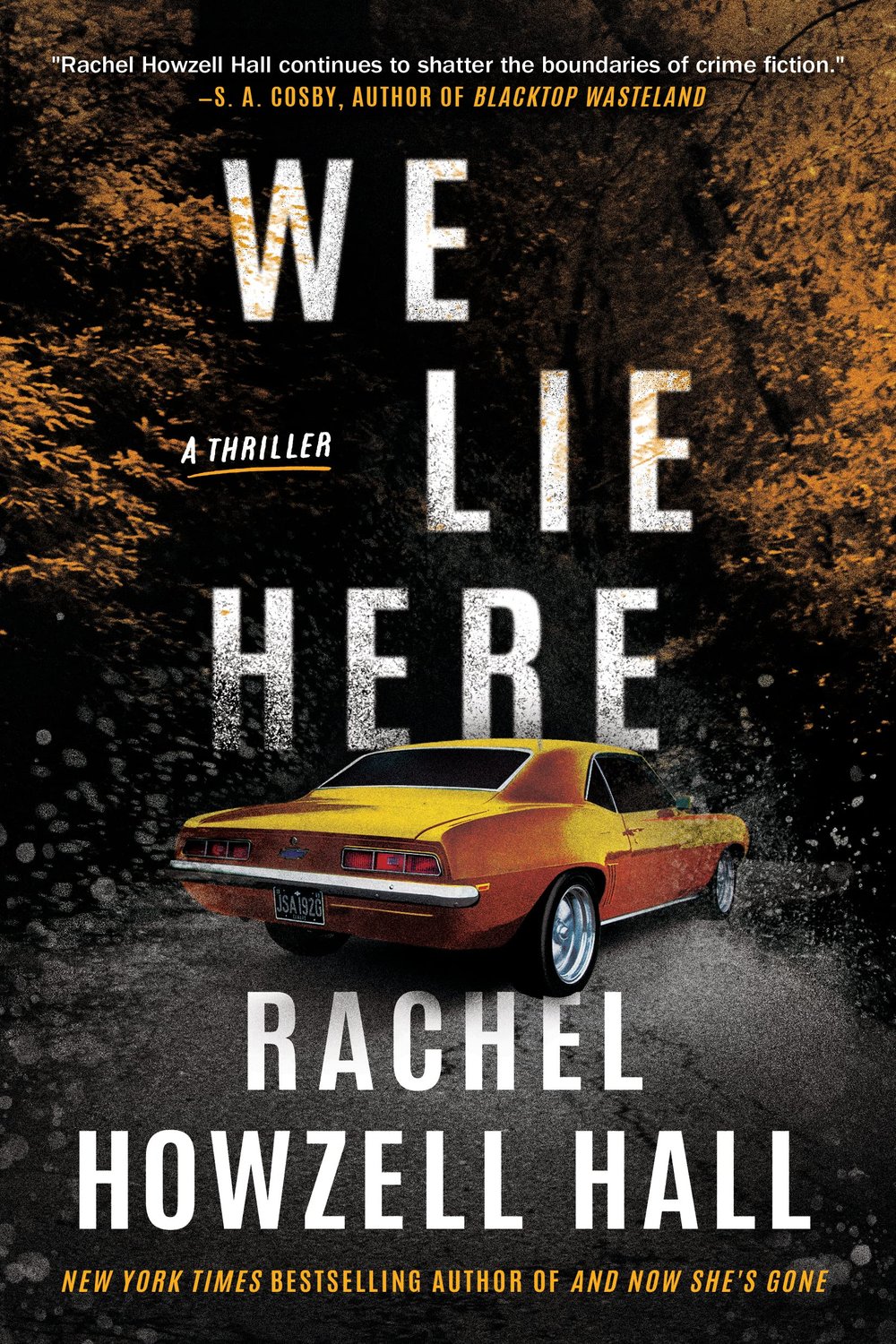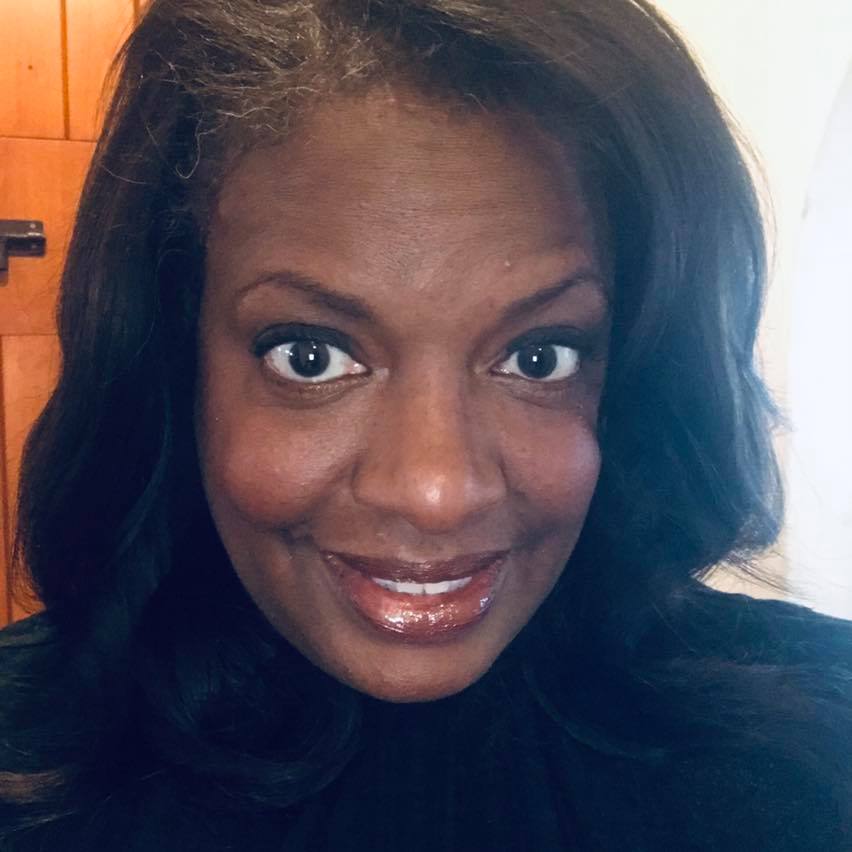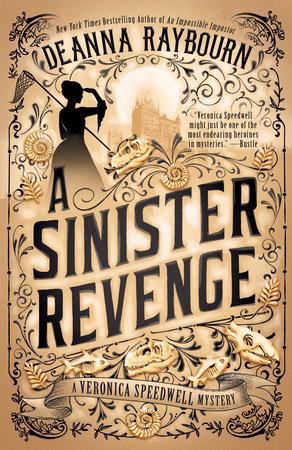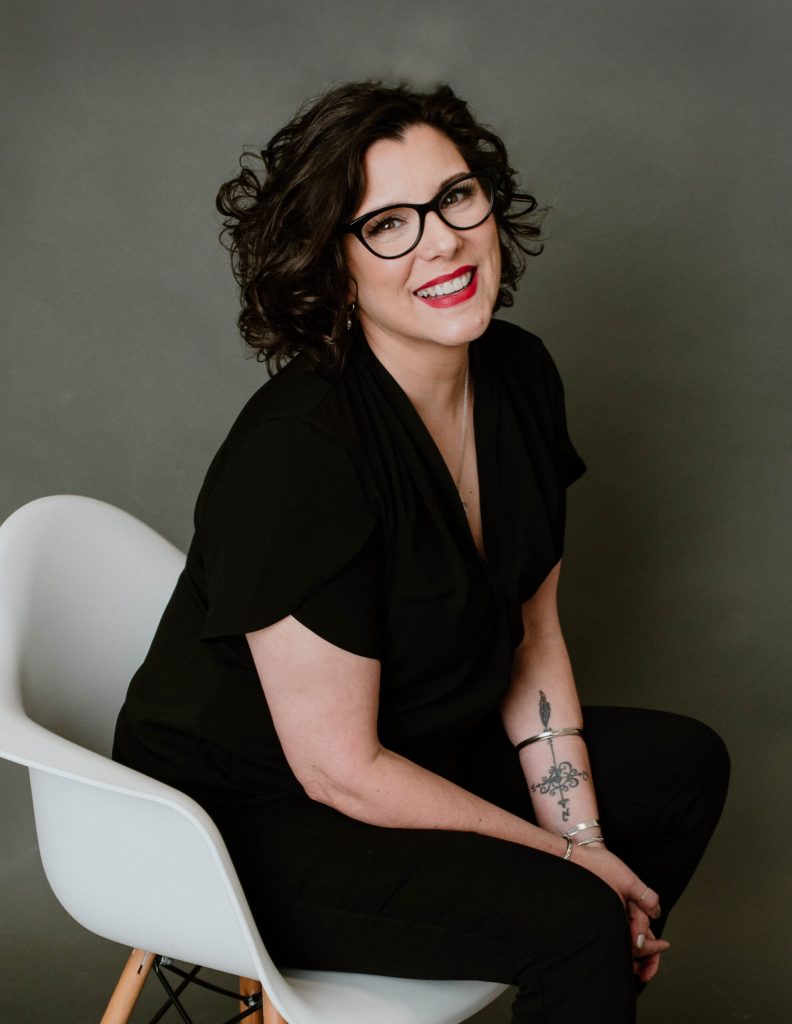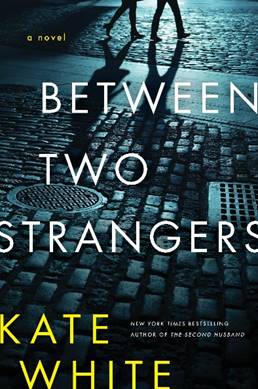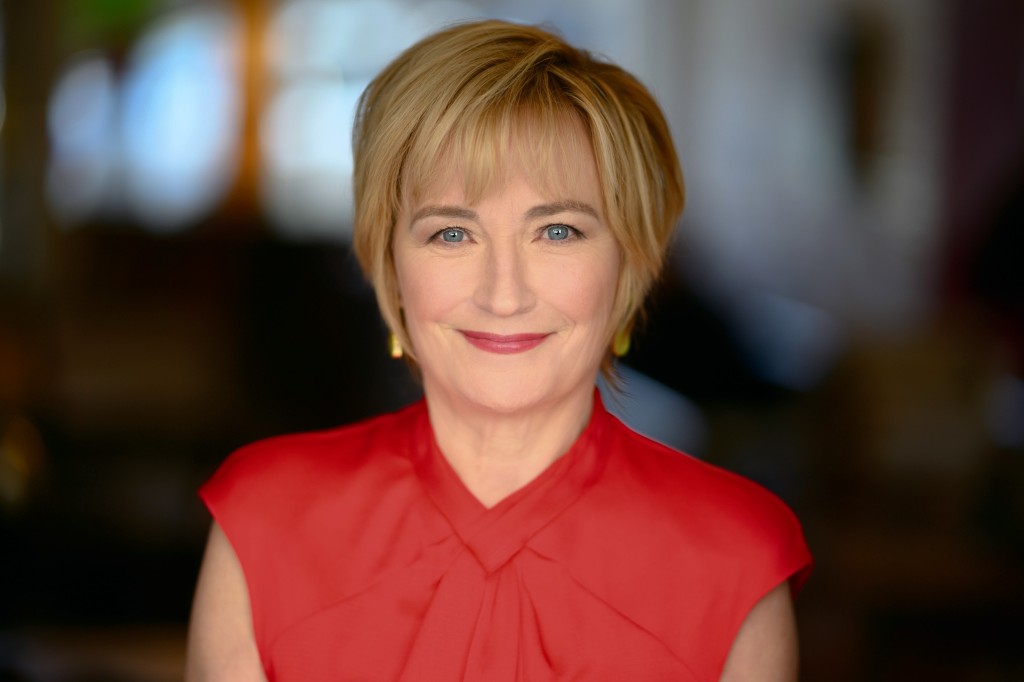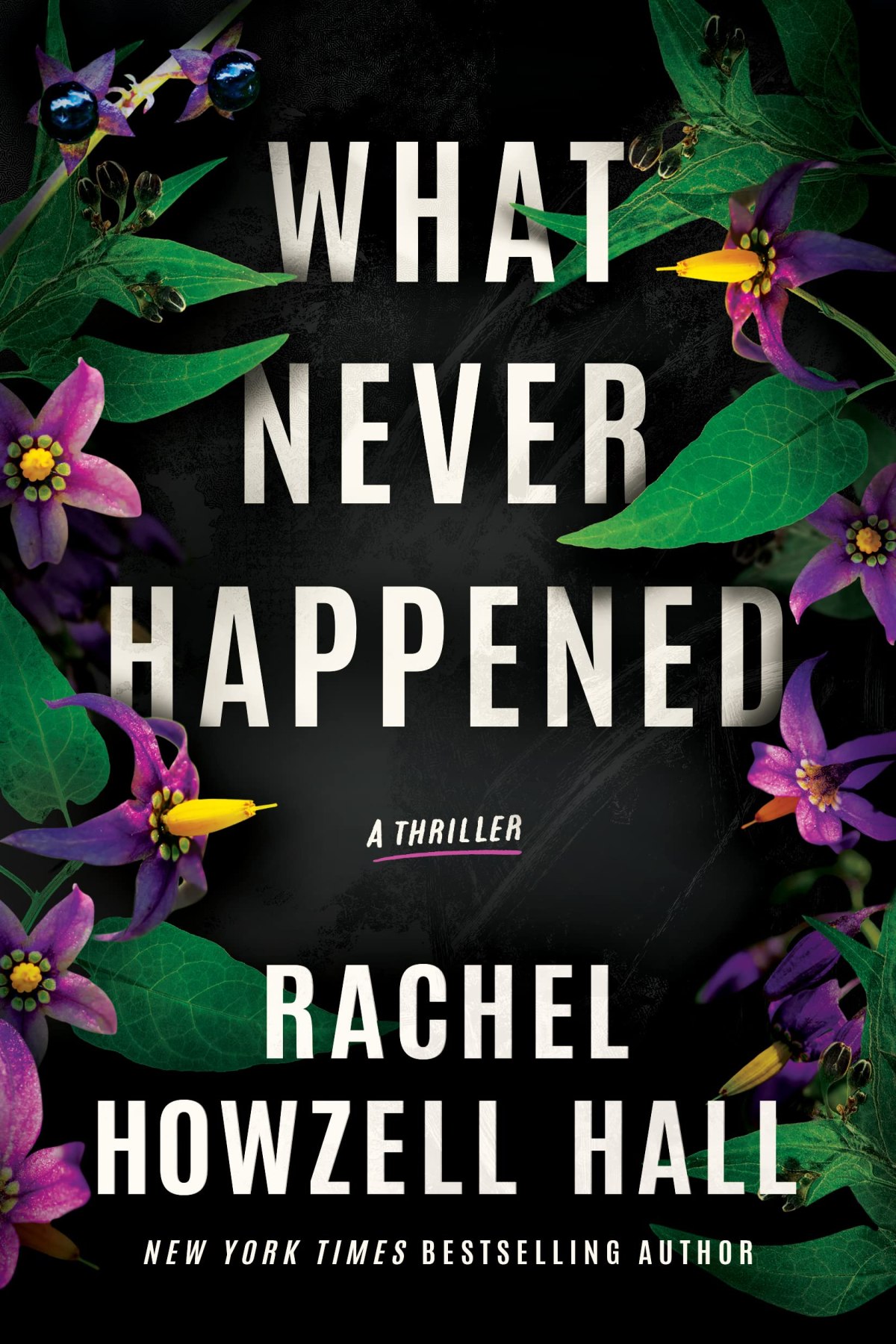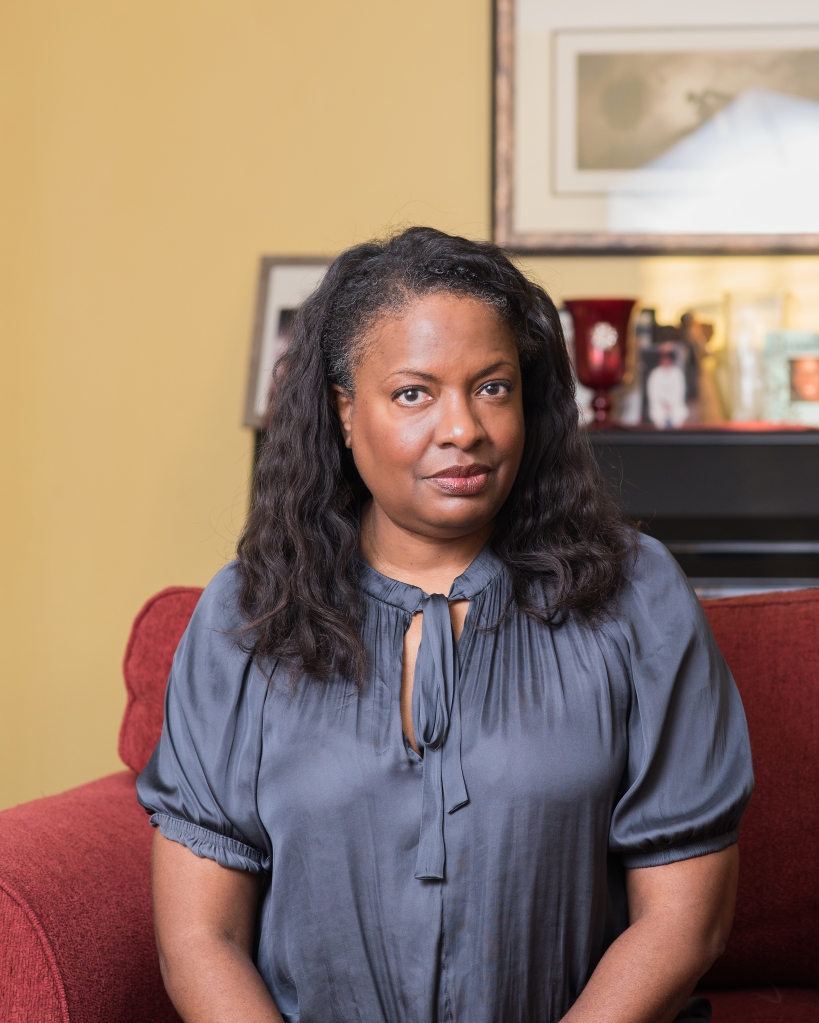“And I didn’t ask any questions,” the narrator of Nicola Solvinic’s debut mystery-thriller The Hunter’s Daughter (Berkley ), says in her first-person account of what it’s like having been raised by a serial killer. “I truly didn’t want to know the answers. When the rifle went off, did I kill my dad? Or Agent Parkes? Did I miss them both, and did they fight it out? Did Dad get arrested, or did he kill Agent Parkes and run.”
These obviously are not the typical questions most children have regarding interactions with their fathers. But police officer Anna Koray is the daughter of a notorious serial killer, a fact she keeps hidden with the use of a different name, a move far from home, and estrangement from her mother who did little to protect her.
It works for a while until a traumatic incident triggers long-repressed memories and Anna’s past, sealed off by her therapist in a controversial and experimental hypnosis treatment, begins to emerge. Her father, known as the Forest Strangler, murdered more than a dozen women, their bodies decorated and left as sacrifices to the god of the forest. But he also taught Anna to love the woods, to be one with the forest and nature. The dark dense woods with rustling trees that line the perimeter of her yard call out to her, beckoning her forward. In many ways, it’s where she feels most at home—the feel of dirt between her toes, the smell of the rotting leaves. But as much as it entices her, that forest also harbors secrets and possibly malignant forces that may harm or even destroy her.
There are many questions confronting Anna as she deals with her surfacing memories. Can she trust her lover who may be hiding his own addictions? Is her father, who is supposedly dead, really alive? And is Anna herself a killer—someone who has her father’s propensity as well as his genetics to do evil? She has killed, supposedly in self-defense. But is that true? Or does she enjoy killing just as he did? And will she do it again?
When her psychiatrist, the woman who hypnotized her into forgetting her past, is found murdered, Anna has to wonder if she played a part in the death. After all, she had broken into her office to steal her file folder before the police, who are closing in, can locate it and discover her true identity. Did she do more than take the file? Did she destroy the woman who can reveal her past?
Desperate to keep people from realizing that she is the daughter of the Forest Strangler, Anna also has to try to determine that even though she became a police officer to help others, she may be as evil as her dad.
A tense psychological thriller, terse plotting, and Anna’s own uncertainty about who she is, what acts she’s committed, and whether she can trust her own thoughts, feelings, and actions, keeps this book a page-turner.
About the Author
Nicola Solvinic has a master’s degree in criminology and has worked in and around criminal justice for more than a decade at local, state, and federal levels. She lives in the Midwest with her husband and cats, where she is surrounded by a secret garden full of beehives.
This review originally appeared in the New York Journal of Books.

